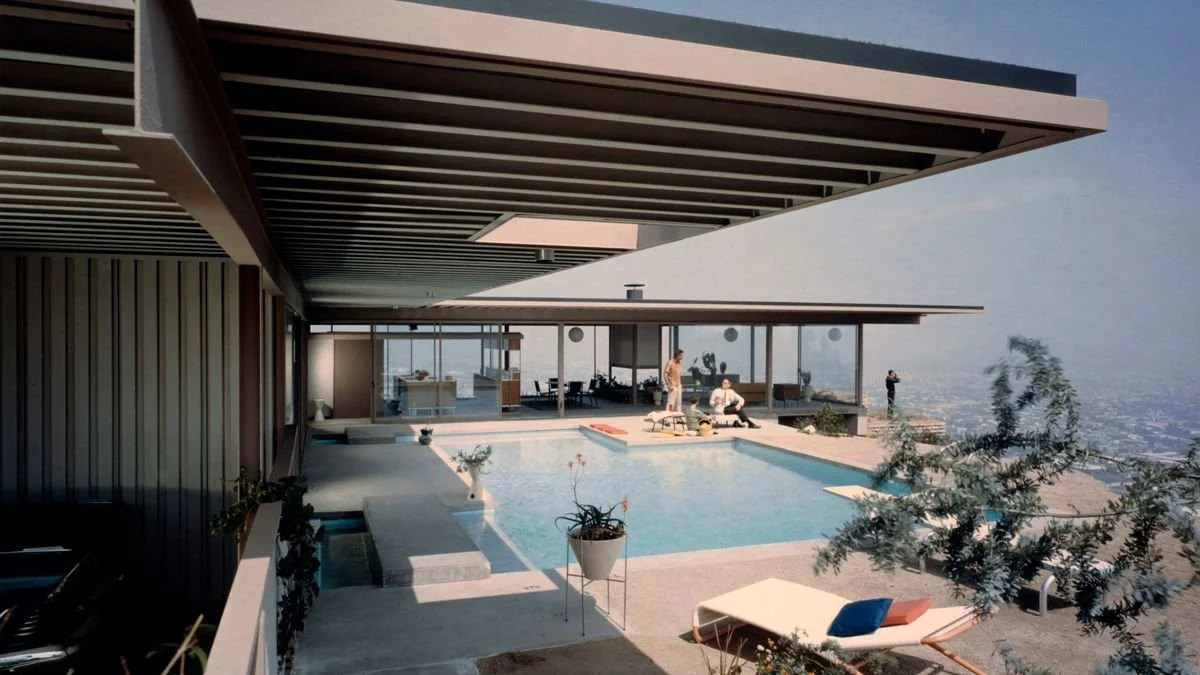
Neutra First
Richard Neutra's Philosophy of Biorealism and Its Connection to Human-Centered Design.
Article 03_2024
Promoting human well-being while harmonizing with nature and our surroundings
+ Click on Images to View Larger
r
ichard Neutra, an influential modernist architect, is renowned for his philosophy of biorealism, which places human needs at the forefront of architectural design. This philosophy is deeply intertwined with the principles of human-centered design, emphasizing the importance of creating environments that promote well-being and harmony with nature.
|
Biorealism
Harmonizing With Nature
Neutra's biorealism is based on the belief that architecture should reflect and respond to the biological and psychological needs of its inhabitants. He viewed buildings not merely as structures but as living organisms that must coexist with their environment. By integrating natural elements and considering the physiological impacts of design, Neutra aimed to create spaces that foster health, productivity and happiness.
Key Principles of Biorealism
Integration With Nature
Neutra believed that architecture should blur the boundaries between the indoors and outdoors. His designs often included large windows, open floor plans and natural materials to create a seamless connection with the surrounding environment.
Attention to Human Physiology
Neutra conducted extensive research on how different design elements affect human senses and well-being. He emphasized the importance of natural light, ventilation and acoustics in promoting physical and mental health.
Adaptive Design
Recognizing the diverse needs of individuals, Neutra advocated for flexible and adaptable spaces that could accommodate various activities and preferences. This adaptability is a cornerstone of modern human-centered design, which prioritizes user experience and inclusivity.
–
Human-Centered Design
Prioritizing the User
Human-centered design shares many principles with Neutra's biorealism, focusing on designing products and environments that prioritize the needs, preferences and behaviors of users.
Key Principles of Human-Center design
Empathy and Understanding
Designers must deeply understand the users' experiences, challenges and desires. This empathy-driven approach ensures that the final design addresses real needs and enhances user satisfaction.
Iterative Process
Human-centered design is an iterative process that involves prototyping, testing and refining designs based on user feedback. This ensures that the end product is user-friendly and effective.
Inclusize Design
Emphasizing accessibility and inclusivity, human-centered design strives to create solutions that cater to diverse populations, including those with disabilities or specific needs.
–
I believe, what is most precious to all of us is the environment.
Richard Neutra
The Synergy between Biorealism and human-Center design
Neutra's biorealism and human-centered design both advocate for creating environments that enhance human well-being. By integrating natural elements and focusing on user needs, architects and designers can create spaces that are not only functional but also nurturing and inspiring.
In today's context, Neutra's principles are more relevant than ever. As we face environmental challenges and evolving societal needs, adopting a biorealistic and human-centered approach to design can help create sustainable, healthy and inclusive environments for future generations.
–


